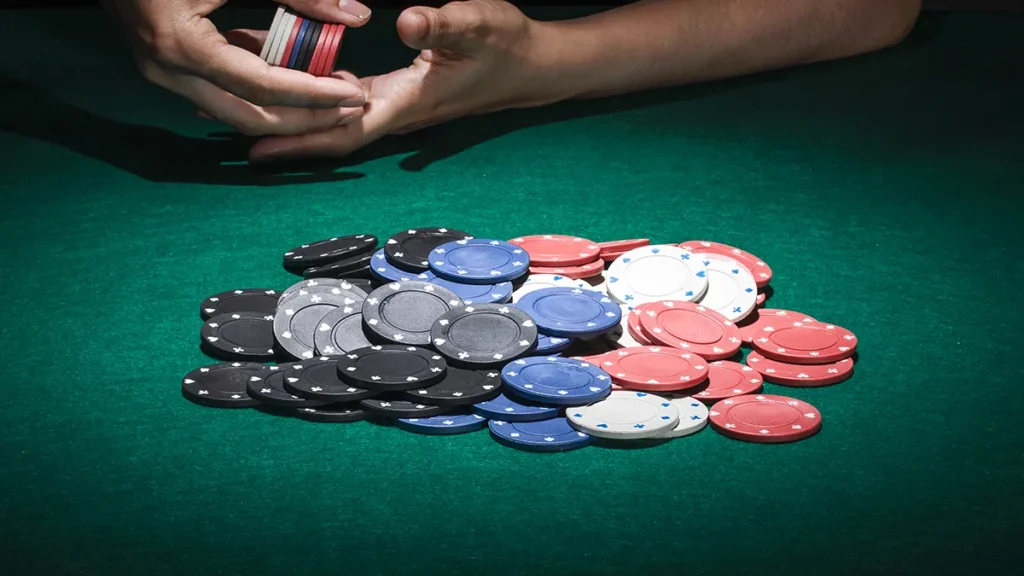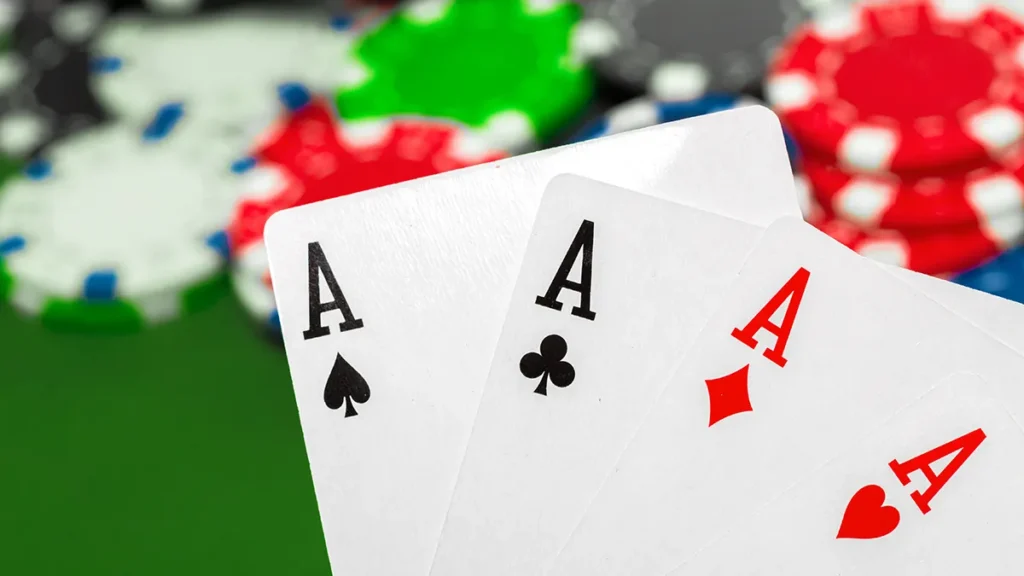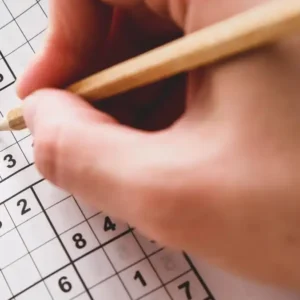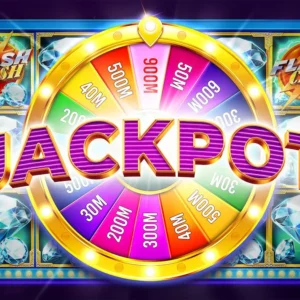Poker is a game that combines strategy, psychology, and luck. For many beginners, this game may seem complicated and confusing, but in reality, its rules are quite simple and clear.
Let’s look at the main aspects of poker, starting with the basic rules and ending with strategic tips for successful play. Step by step, we will understand how to play poker and enjoy this fascinating game.
Recommend that you also read: Japanese Video Game Series Sonic the Hedgehog – History and Development of the Sonic Game Series
10 Basic Terms Necessary for Playing Poker
To play poker effectively, it is important to understand the basic rules. Let’s look at 10 basic terms that will help better understand the game of poker and improve strategy.
- Card Dealing: Players are dealt cards from a deck. Usually, this is 52 cards, but there can be additional jokers.
- Card Combinations: Players create poker combinations from their cards and the common cards on the table.
- Bets: Players place bets in betting rounds. This can be a raise, bet, or fold.
- Betting Rounds: The game consists of several betting rounds where players have the opportunity to bet, fold, or raise.
- Determining the Winner: After the last betting round, the remaining players reveal their combinations. The one with the strongest combination wins the pot.
- Combination Rules: There are several poker combinations, including flush, straight, full house, four-of-a-kind, straight flush, and royal flush.
- Pot: The pot is the total amount of bets designated for the winner of the hand.
- Dealer Button: This marker indicates who deals with the cards in the current round. The marker rotates clockwise after each deal.
- Blinds: Some players are forced to place a bet, known as blinds before the cards are dealt.
- Table Layout: The table may have common cards that all players can use to create their combinations.
Whether you are new to the world of poker or an experienced player, understanding these terms will help you better navigate the table and make more informed decisions. Remember, poker is not just a game of luck but also a game of strategy and skill.

Description of 10 Combinations for Playing Poker
One of the key aspects of playing poker is the strategy of creating card combinations. 10 main combinations determine the strength of a player’s hand. Knowing these combinations will help make more informed decisions at the poker table. Let’s look at each of them in more detail.
1. Royal Flush: Five consecutive cards of the same suit, starting with a ten and ending with an ace.
2. Straight Flush: Five consecutive cards of the same suit.
3. Four of a Kind: Four cards of the same rank.
4. Full House: Three cards of one rank and a pair of another rank.
5. Flush: Five cards of the same suit, not necessarily consecutive.
6. Straight: Five consecutive cards of different suits.
7. Three of a Kind: Three cards of the same rank.
8. Two Pair: Two pairs of cards of the same rank.
9. One Pair: Two cards of the same rank.
10. High Card: If players do not have any of the above combinations, the one with the highest card wins.
Knowing the basic combinations in poker is a key element of game strategy. Understanding the strength of your hand and correctly determining the combinations of opponents will help you make more informed decisions at the poker table and increase your chances of success.
Remember, poker is not only about luck but also about the ability to read opponents and make the right strategic decisions.
Poker rules
Learn more about the rules of poker in the YouTube video:
3 Tips for Beginners to Start Playing Poker
For a beginner, poker may seem complicated, but with the right approach, you can quickly master the basics and start enjoying the game. Here are three tips for beginners to help you enter the world of poker.
Advice 1. Learn the Rules
First of all, before sitting down at the poker table, it is important to familiarize yourself with the rules. Understanding the different card combinations, the sequence of actions in various rounds, and strategies will help avoid mistakes and make better decisions.
Advice 2. Start with Low Stakes
For a beginner, it is recommended to start playing with low stakes or even free tournaments. This will allow you to learn strategy, develop skills, and gain experience without significant financial losses.
Advice 3. Analyze Your Game
After each game session, it is important to analyze your game. Think about your decisions, mistakes, and successes. This will help identify the strengths and weaknesses of your strategy and gradually improve your game.
By following the tips above, you can quickly become more confident in your abilities and enjoy the process of playing. Remember, poker is not just a card game, but also an art of strategy and analysis, which can bring you a lot of pleasure and benefit in life.

Conclusions
Playing poker is an exciting world of strategy, analysis, and luck that can provide many emotions and experiences. By following the rules, starting with low stakes, and analyzing your game, you can quickly master the basics of poker and enjoy the game.
Remember, poker is not just a card game but also an opportunity to develop decision-making skills, strategic thinking, and emotional control. The main thing is to enjoy the game and improve your skills.
Questions and Answers About Poker
Poker is a gambling card game where players place bets using strategy, luck, and card analysis to win the pot.
In poker, there are 10 different card combinations, from the highest (Royal Flush) to the lowest (Pair).
The best way to learn to play poker is to start with the basics, learn the rules of the game, practice on free online platforms, and improve your skills.













